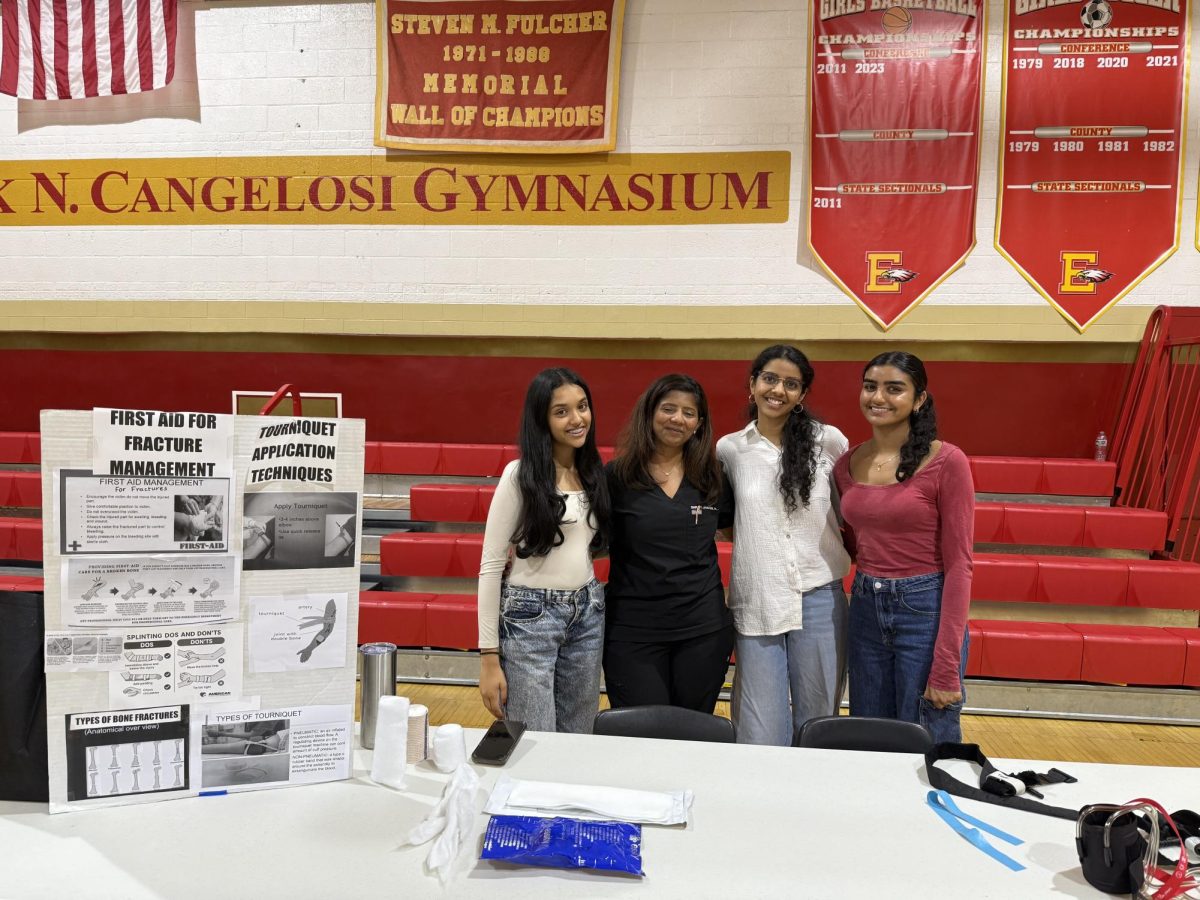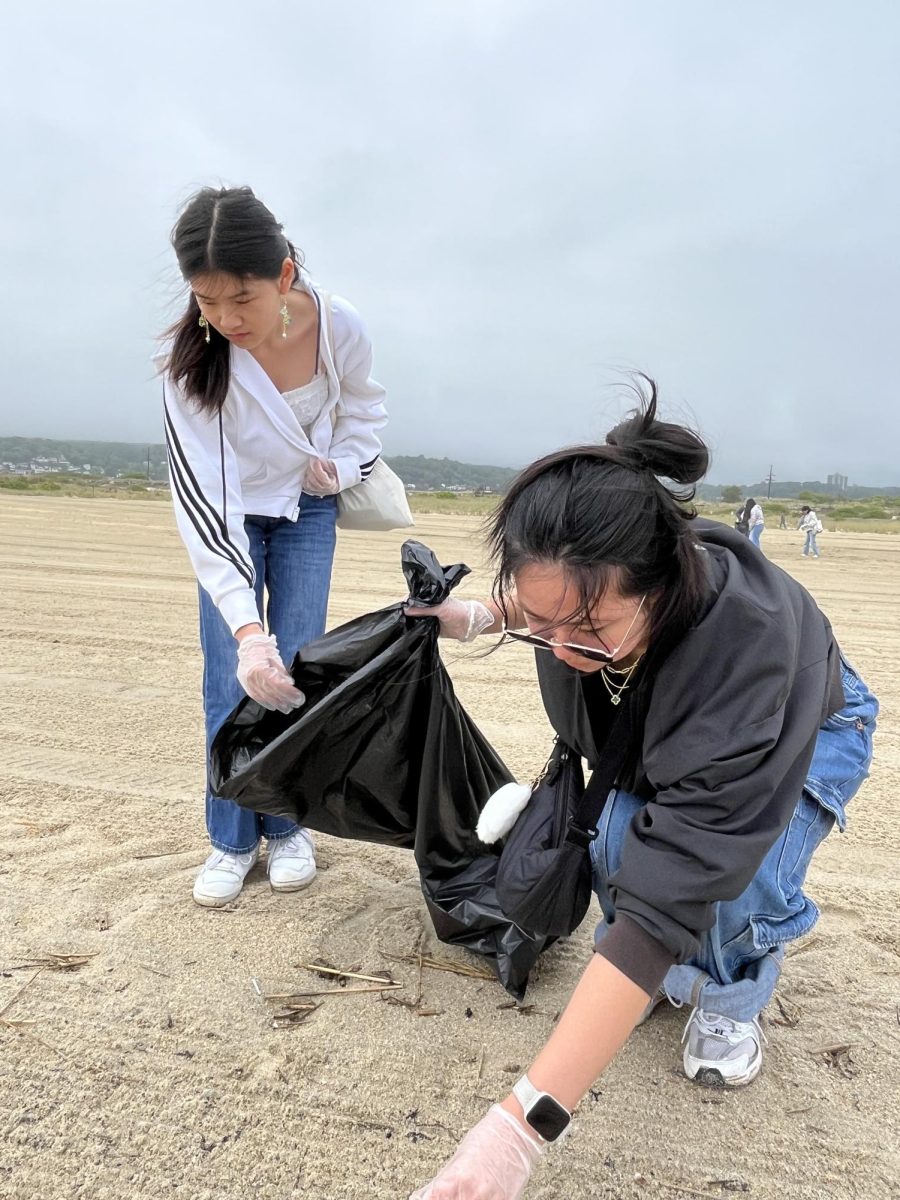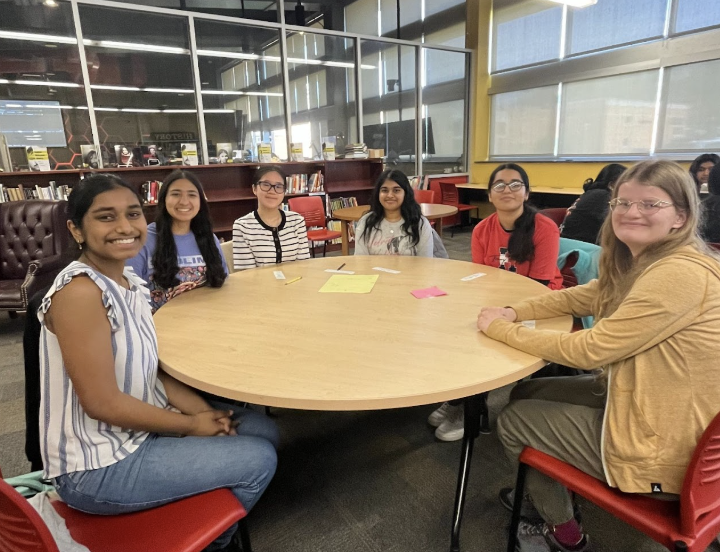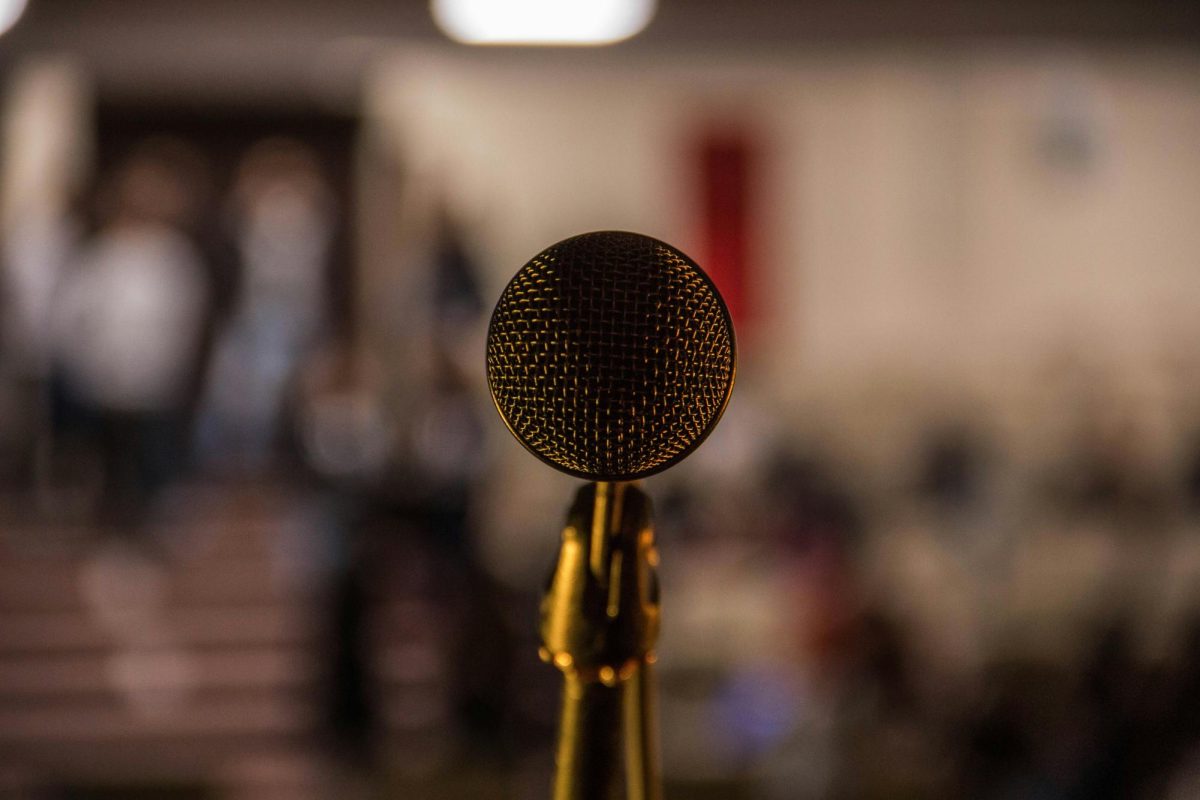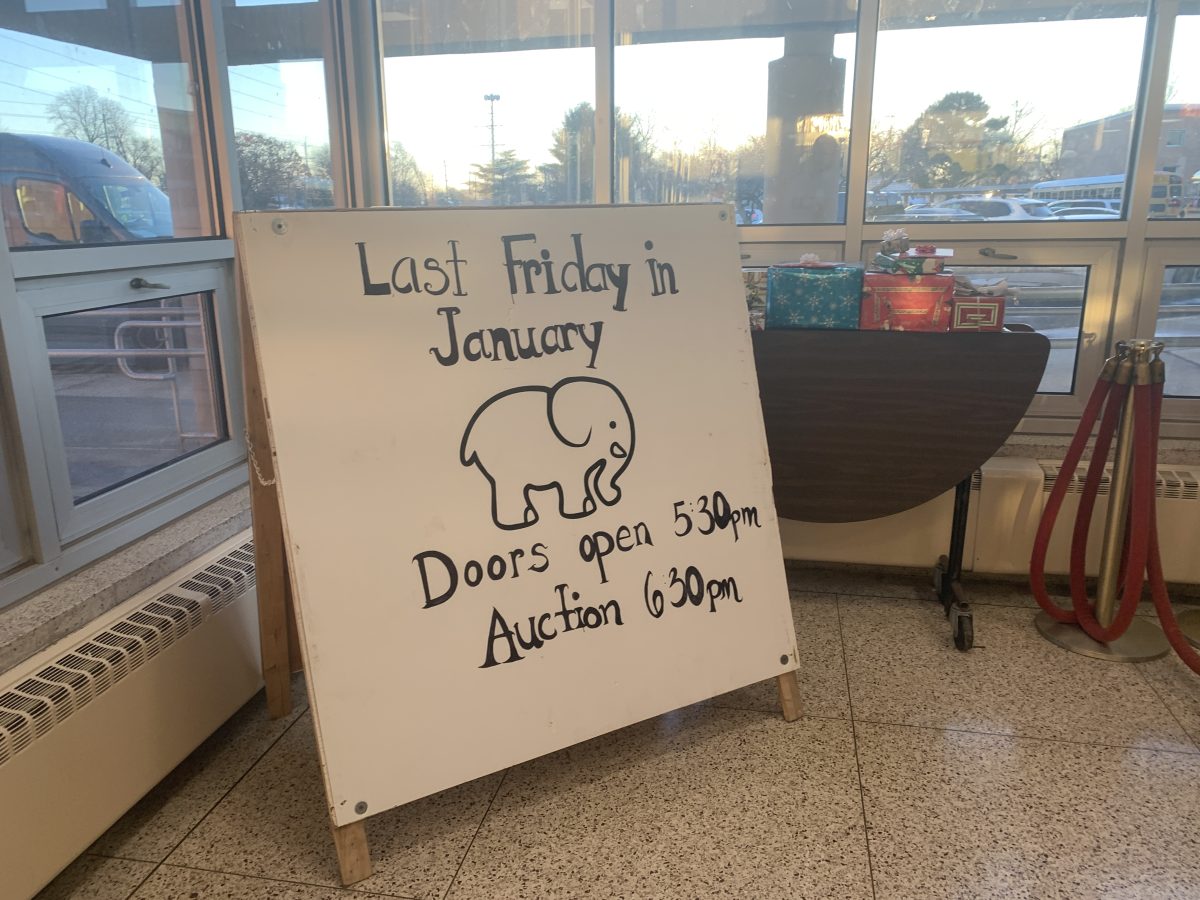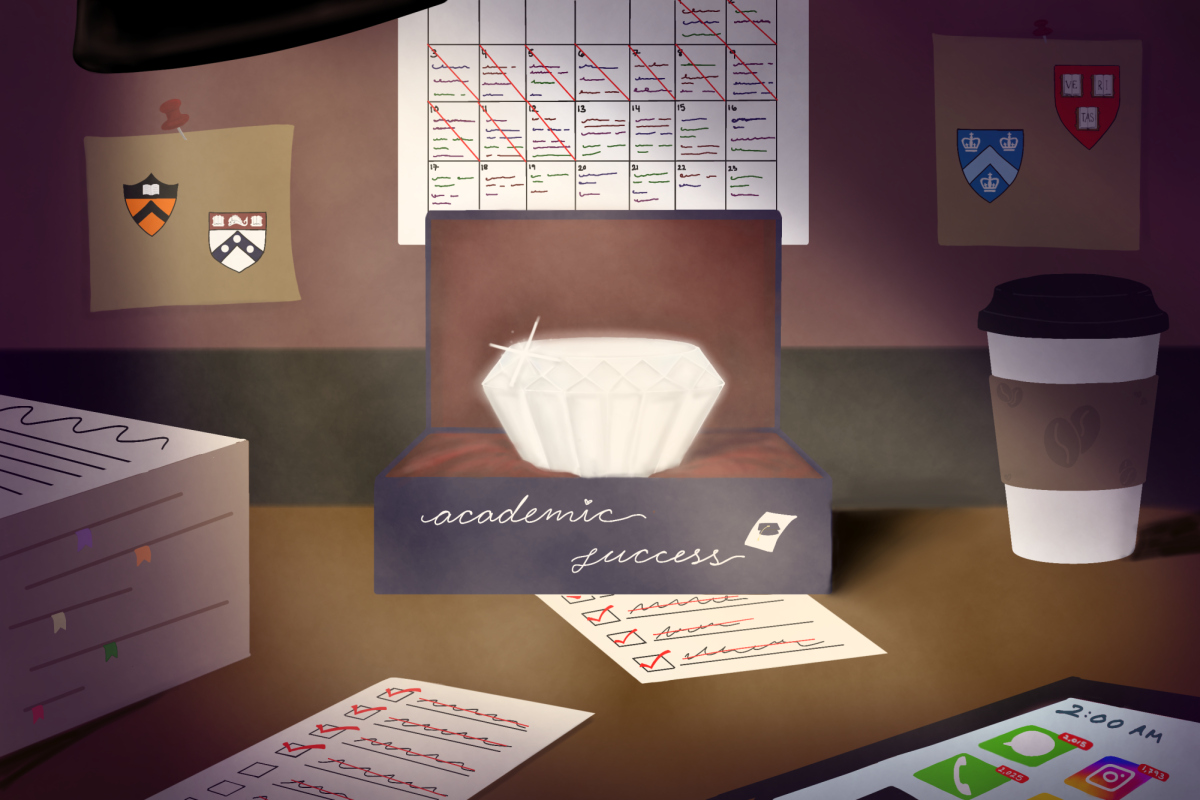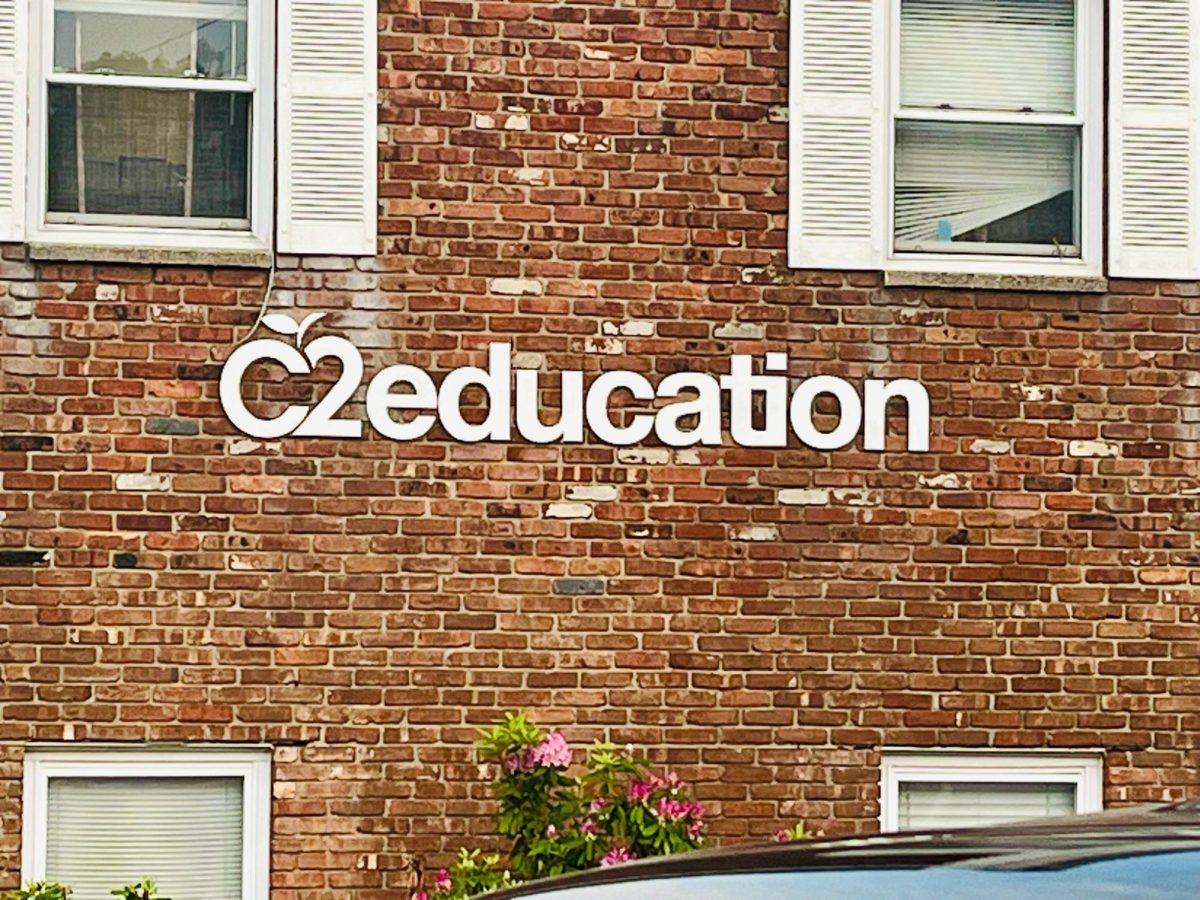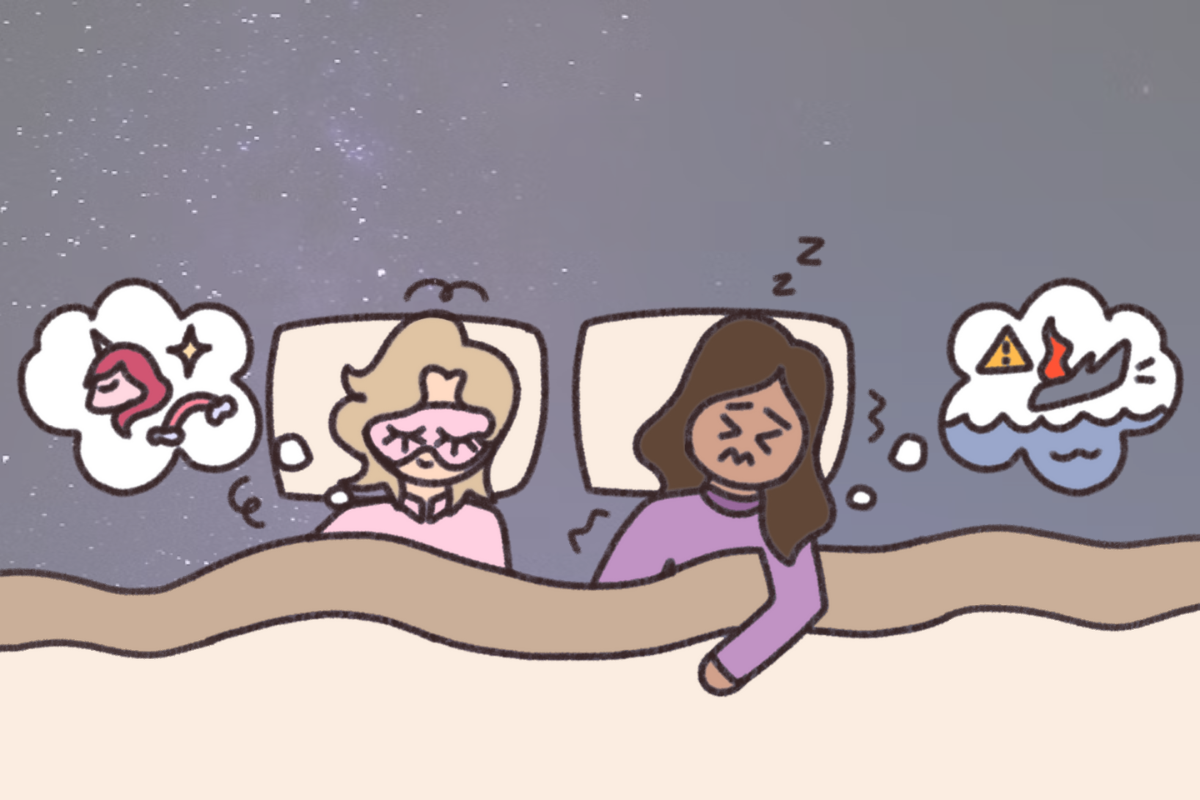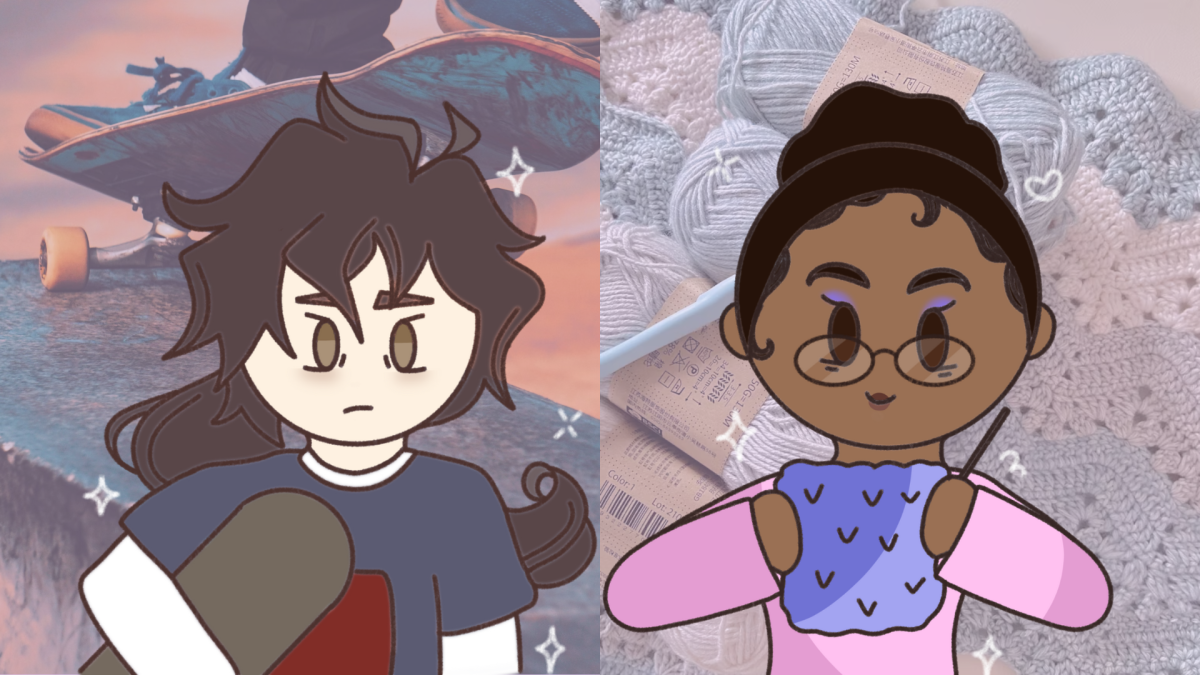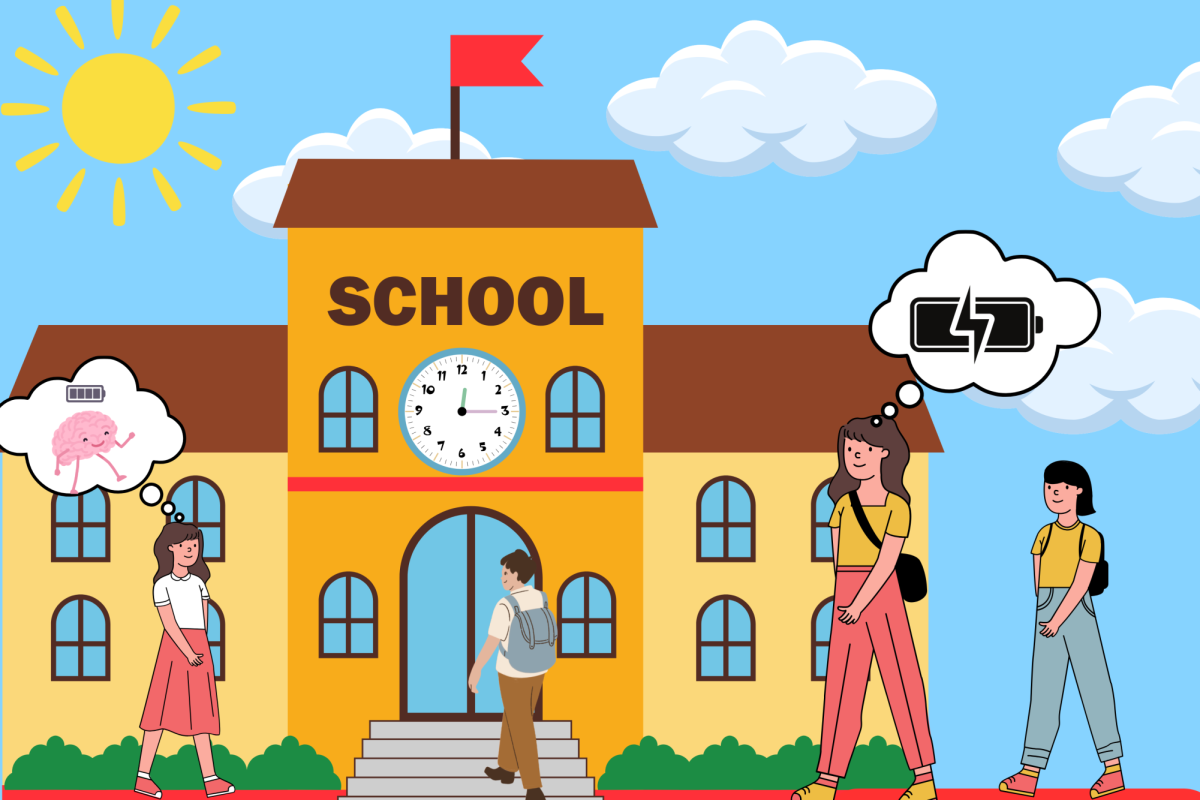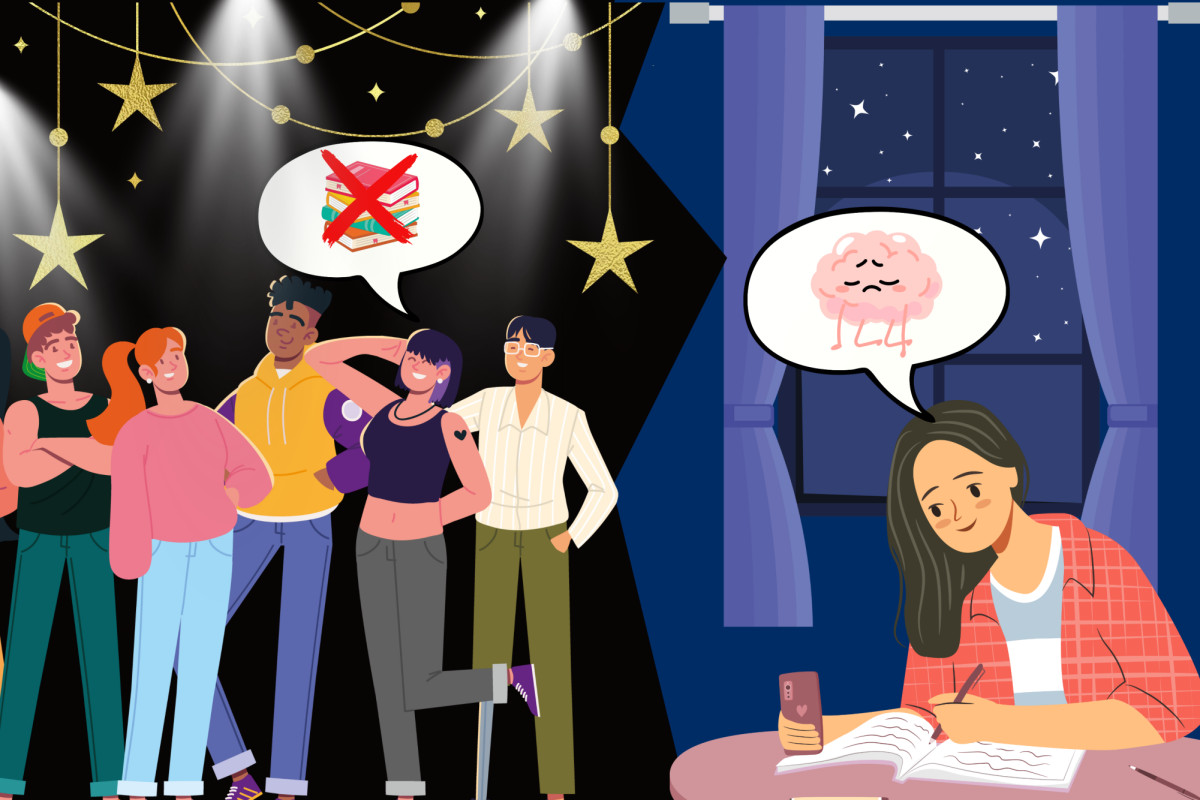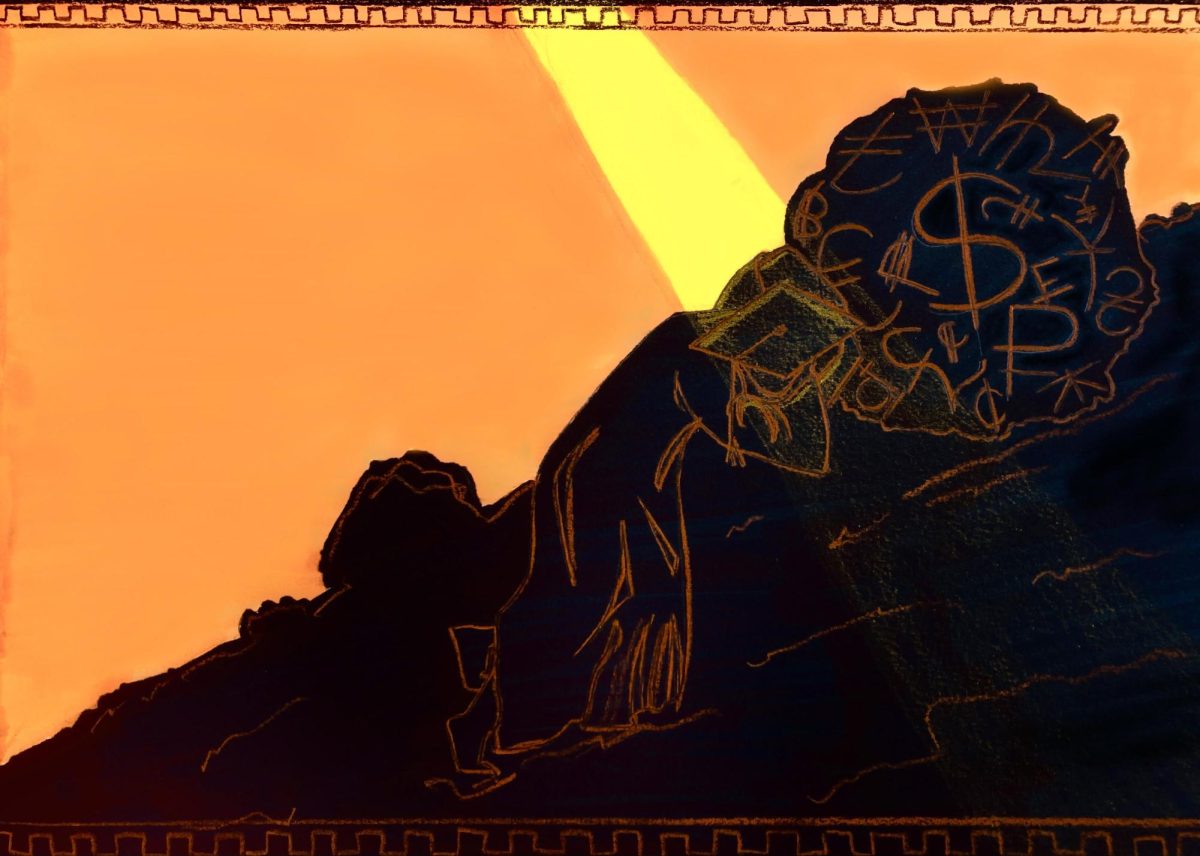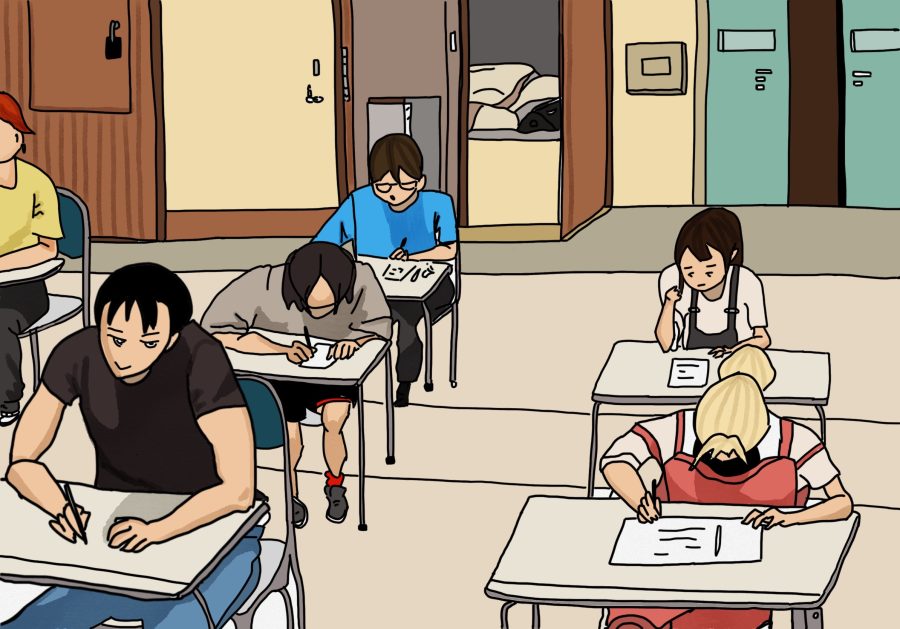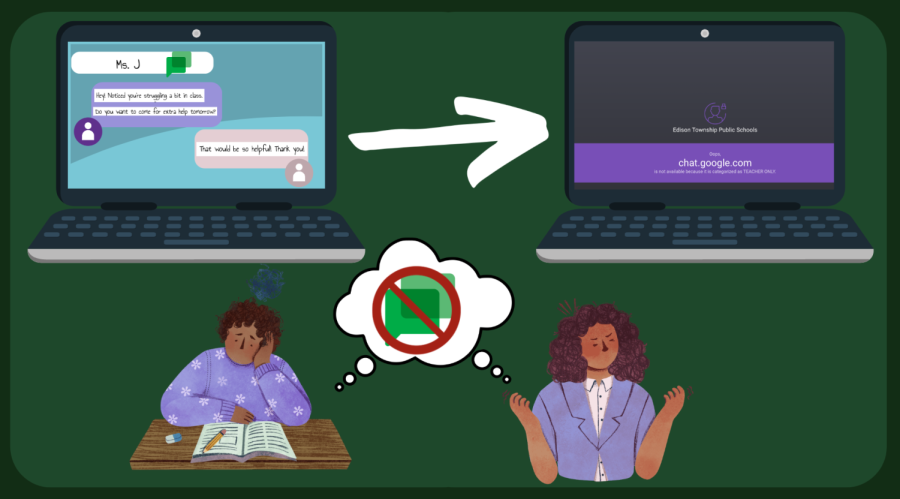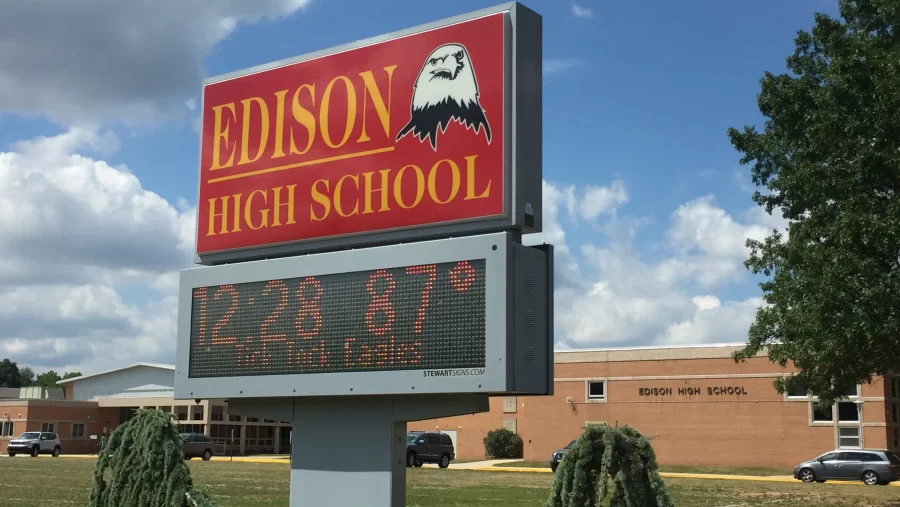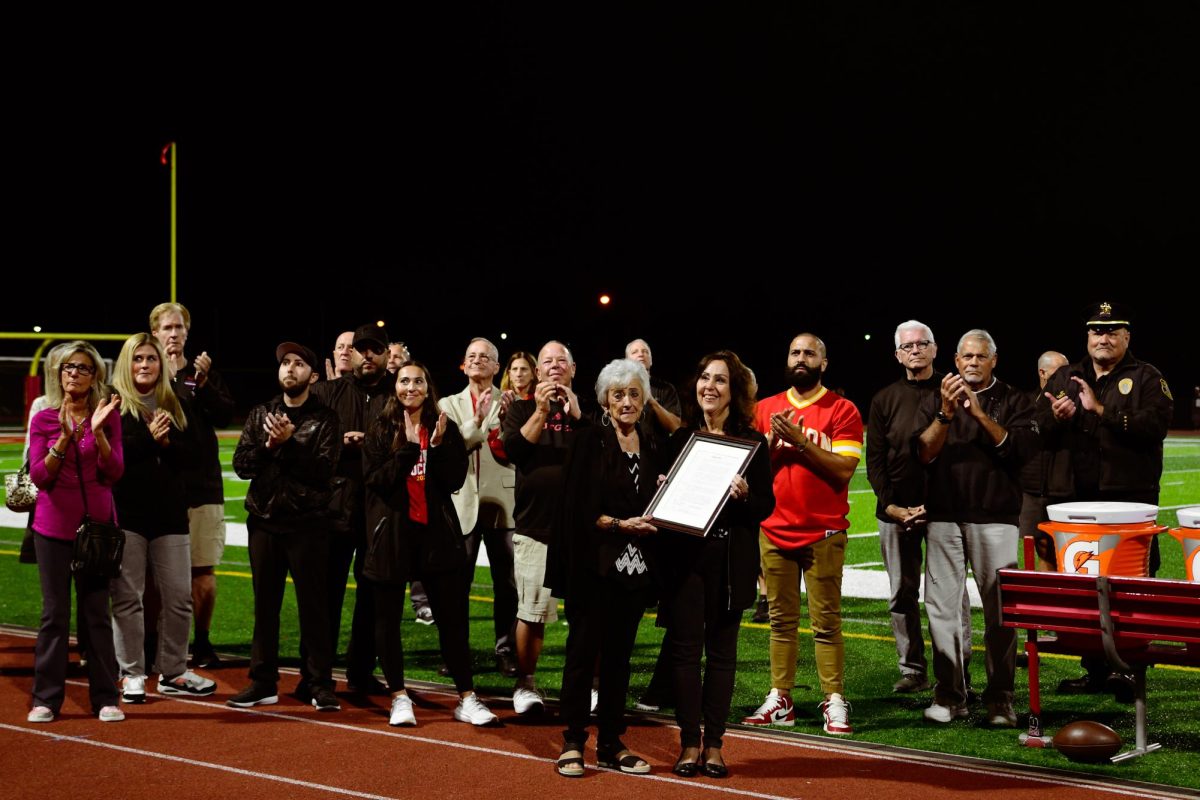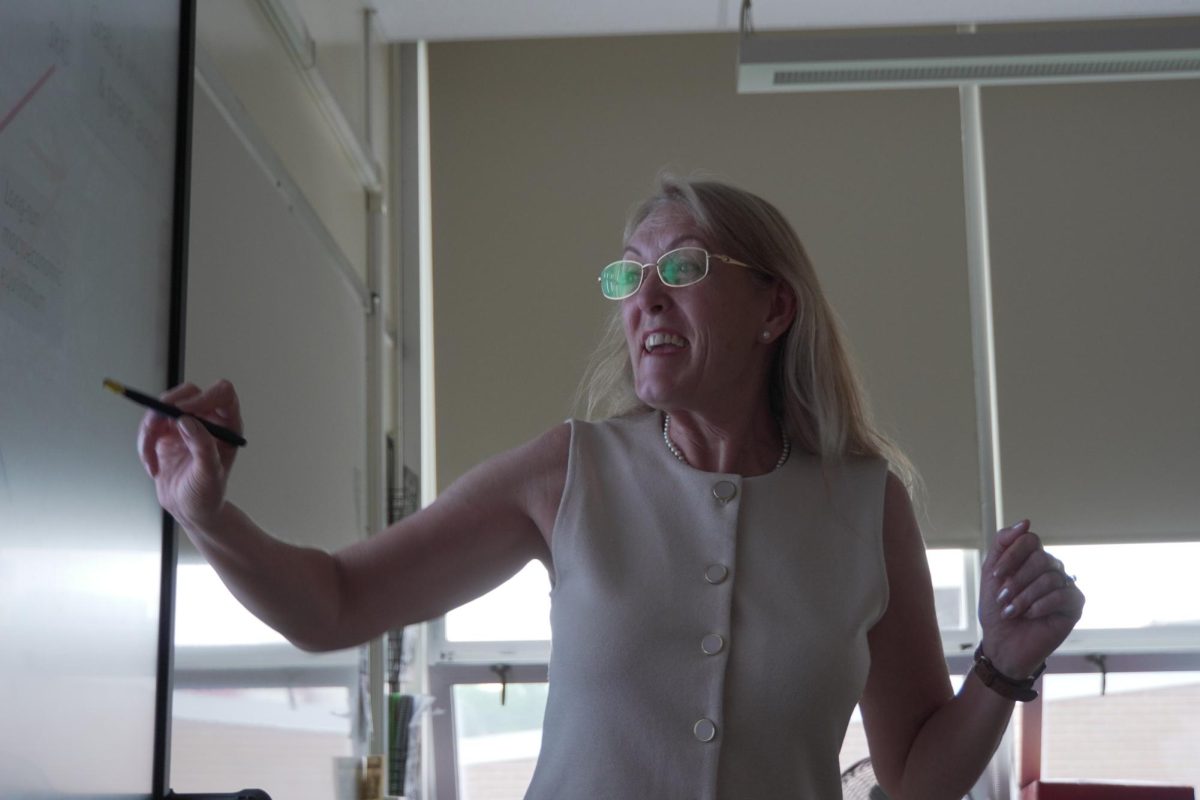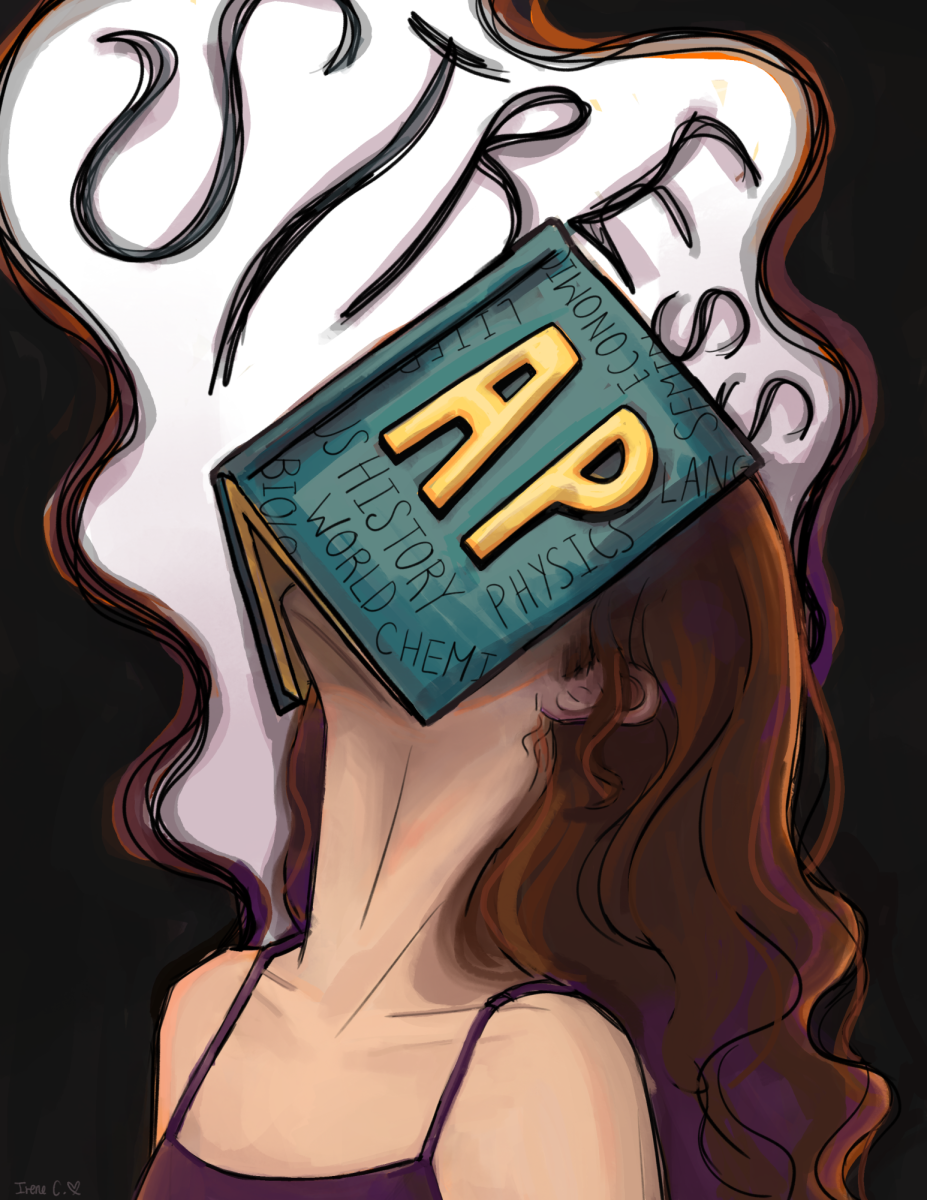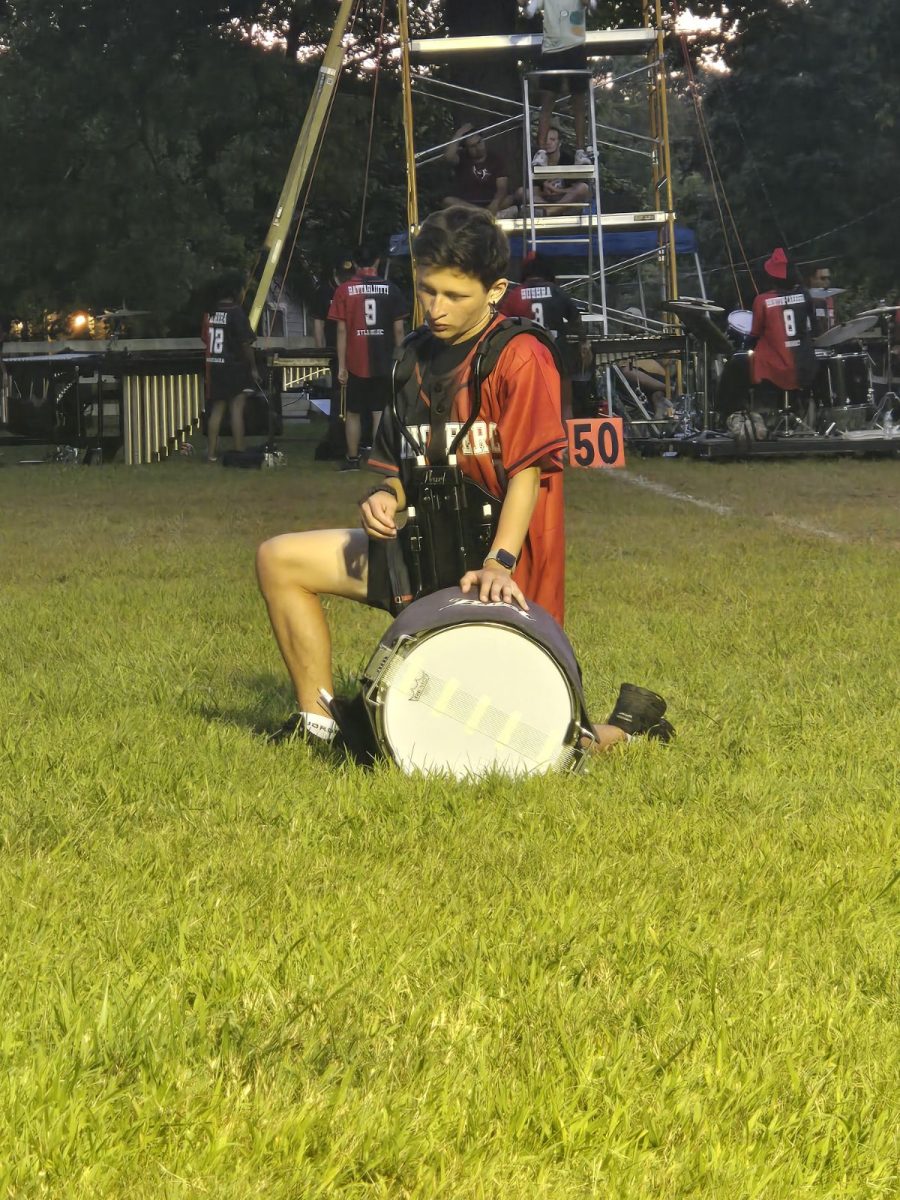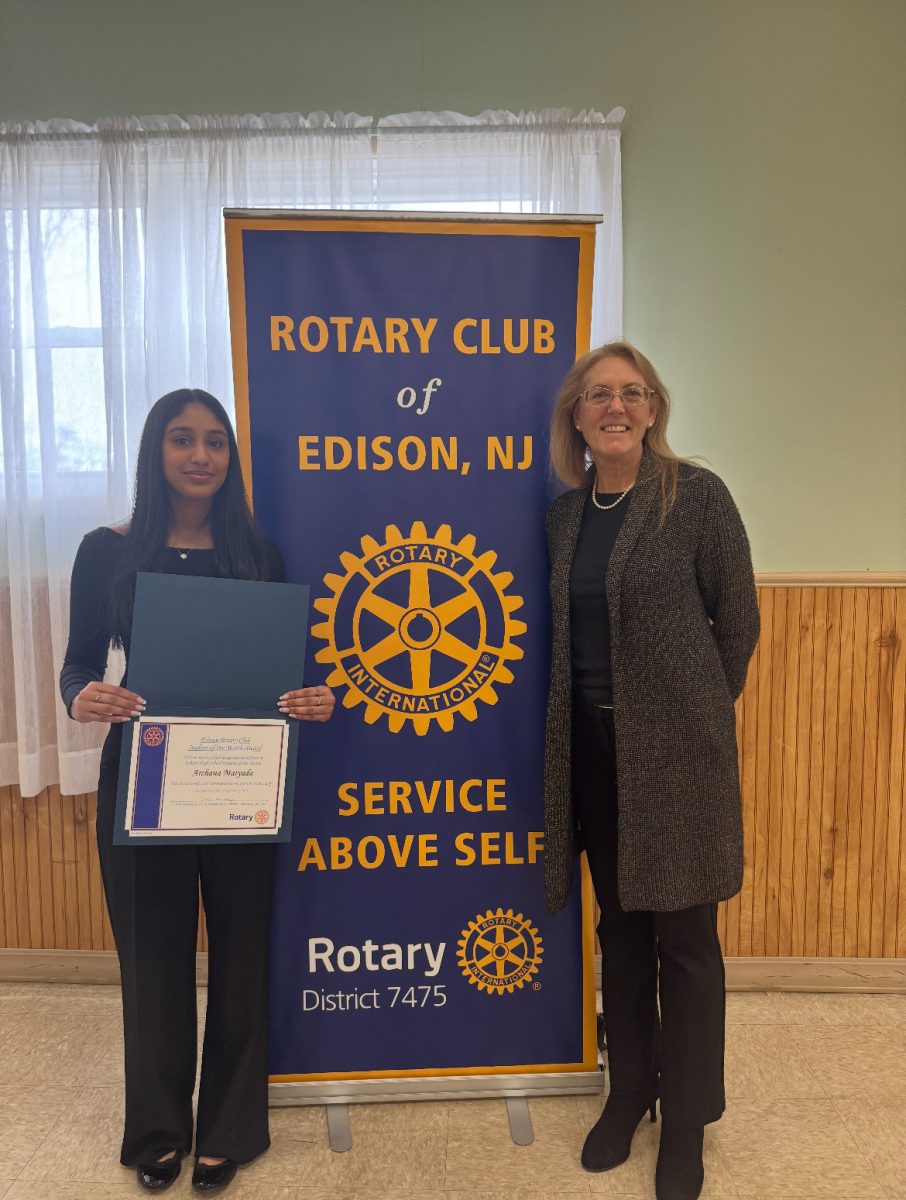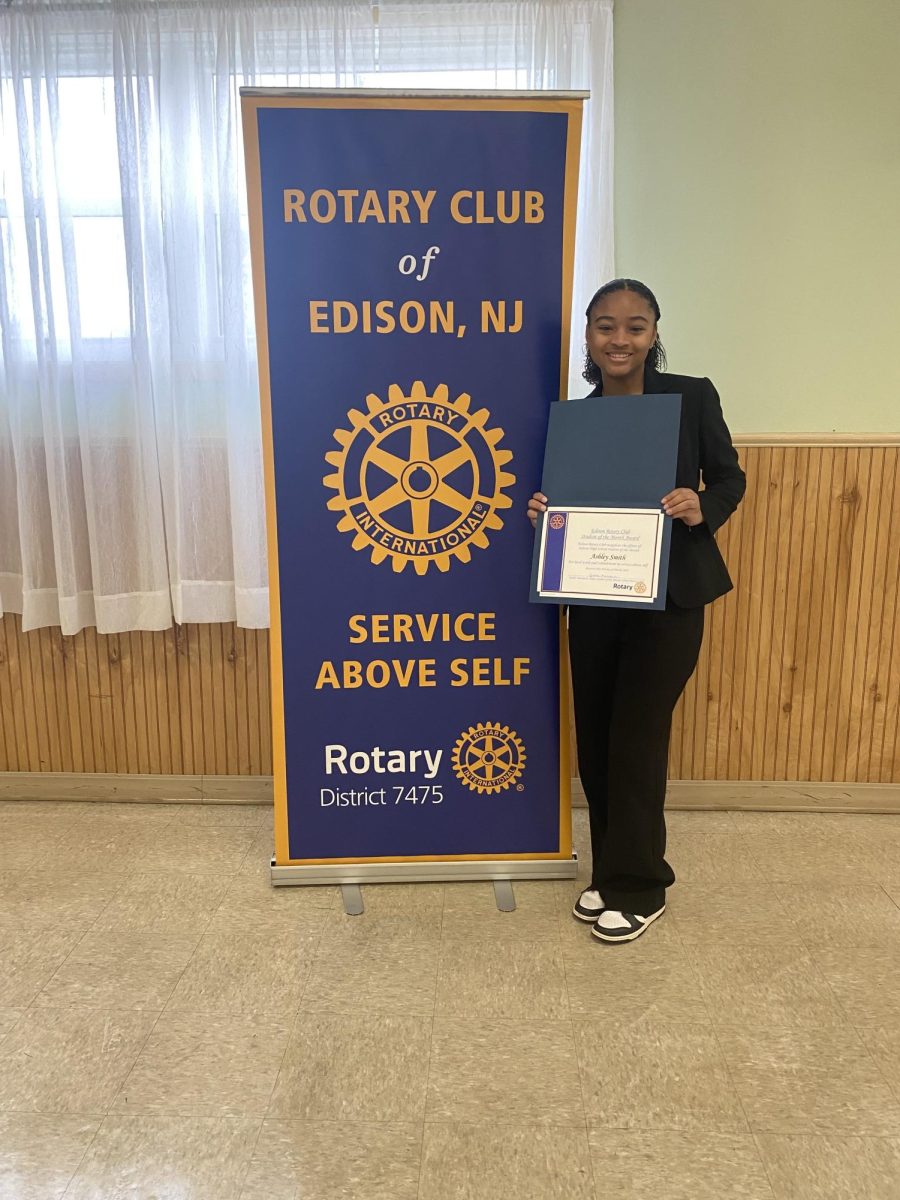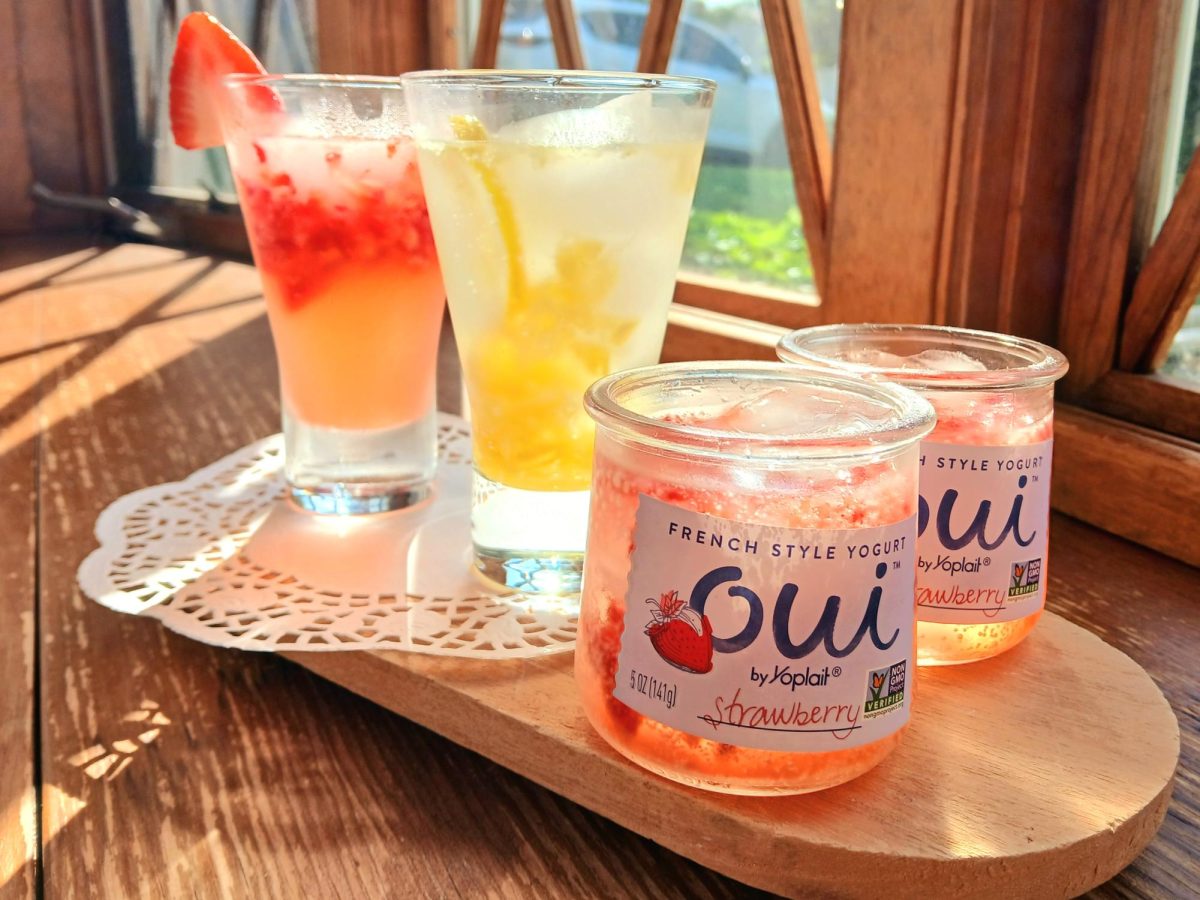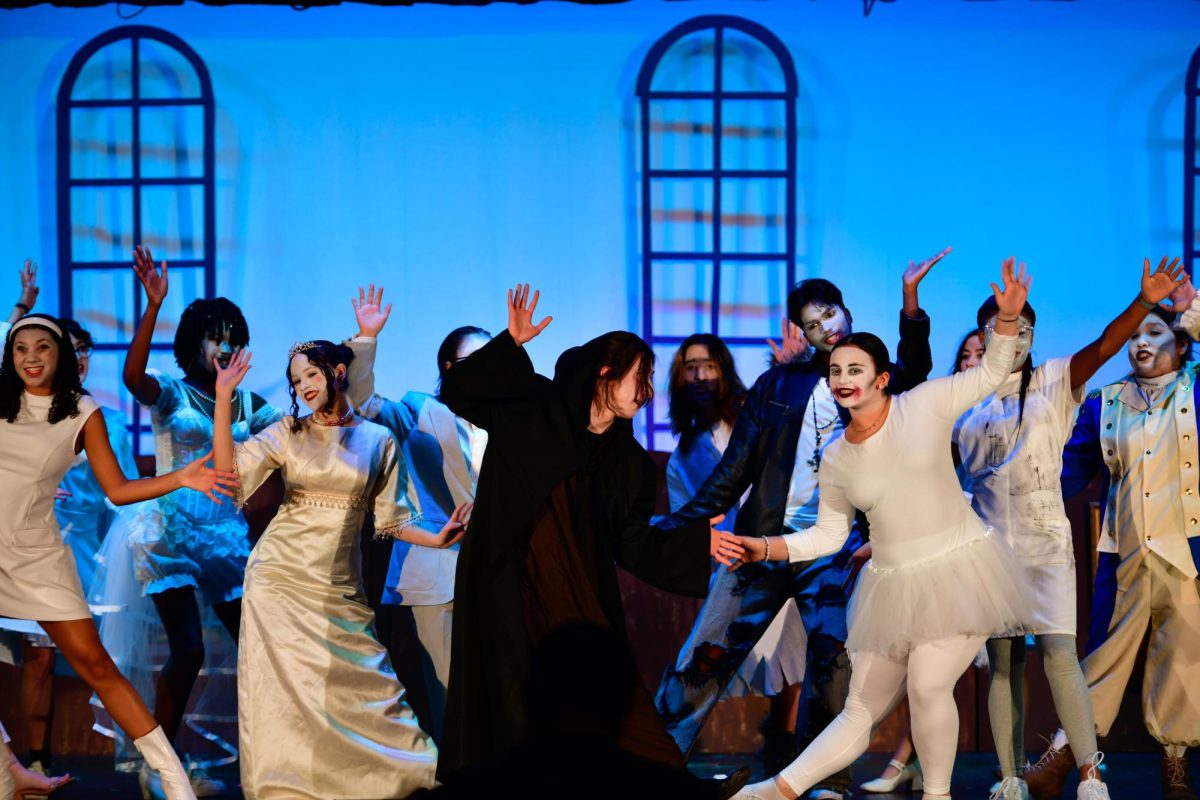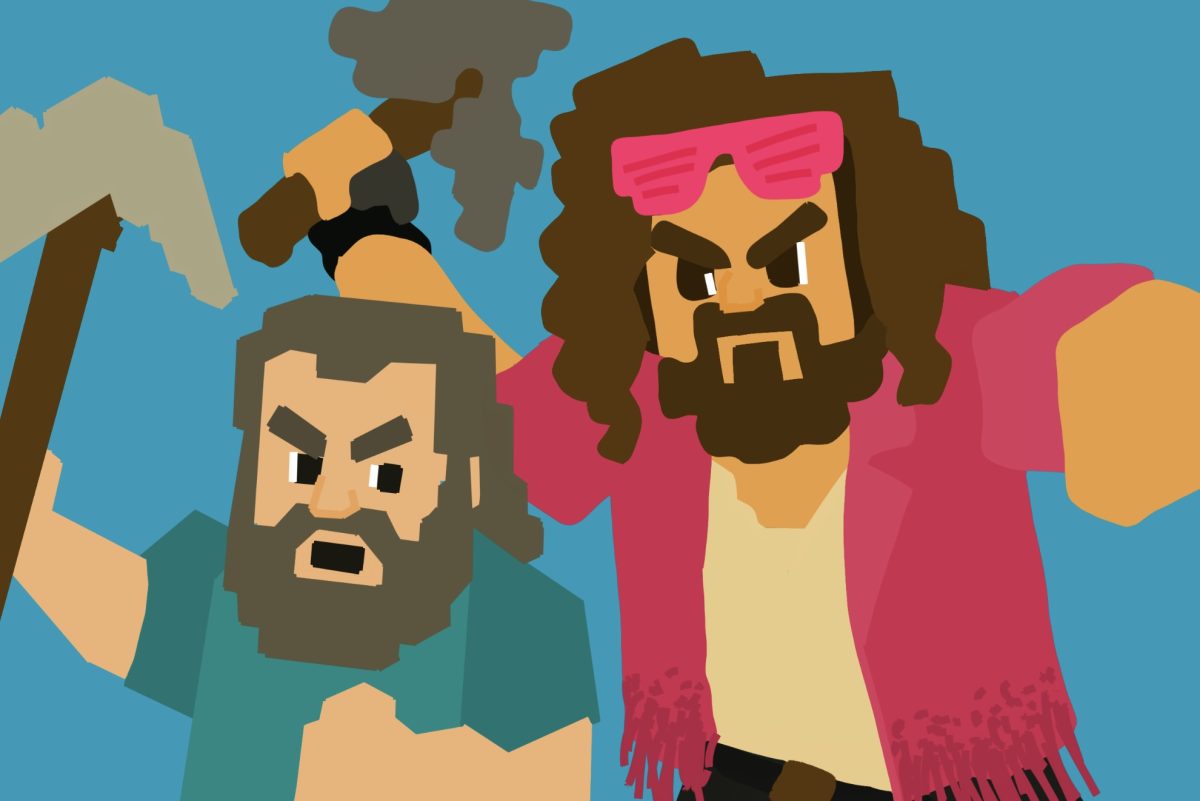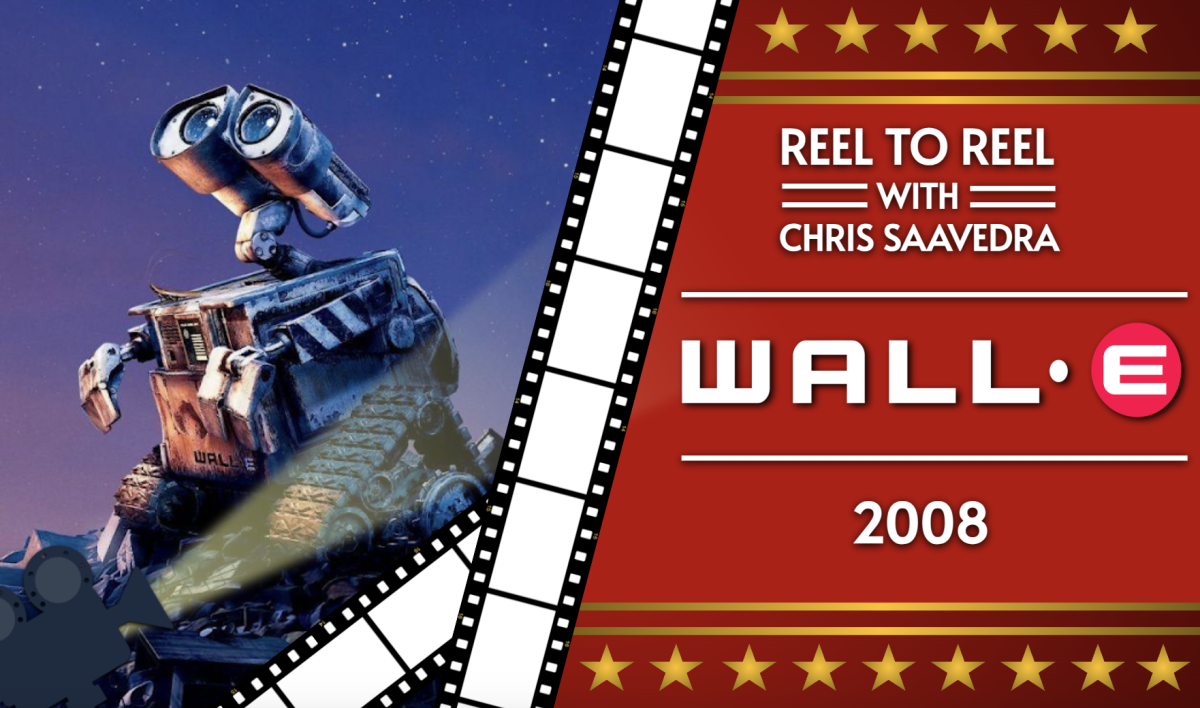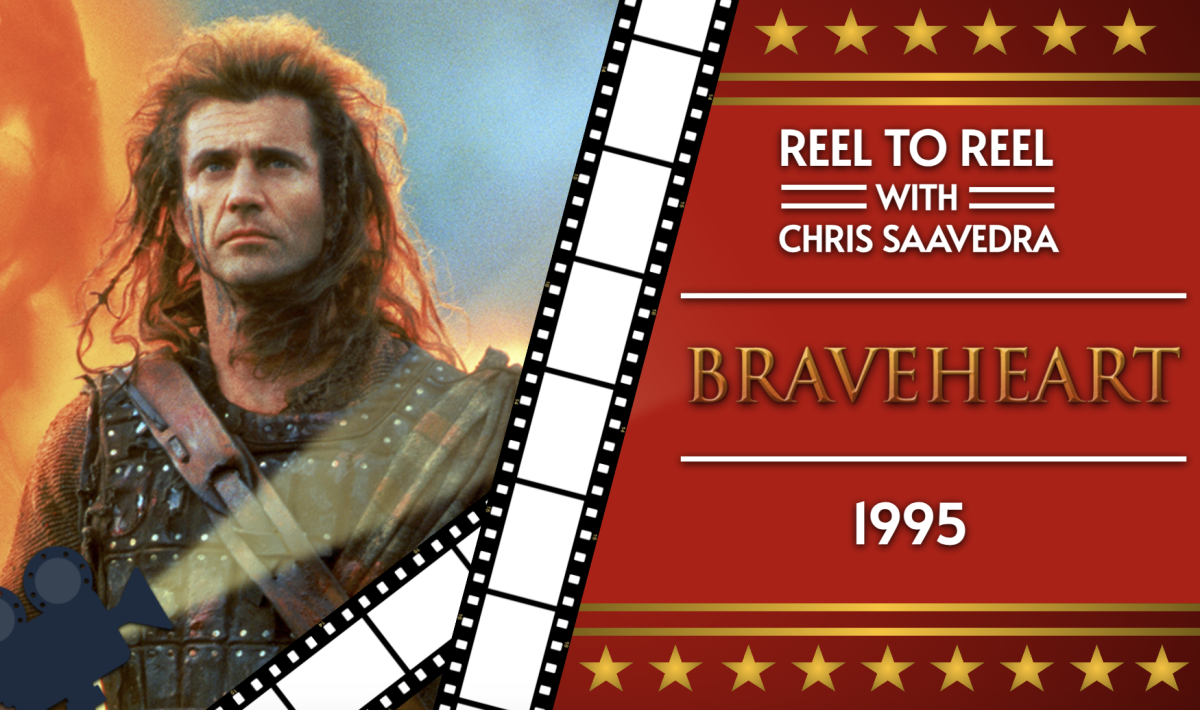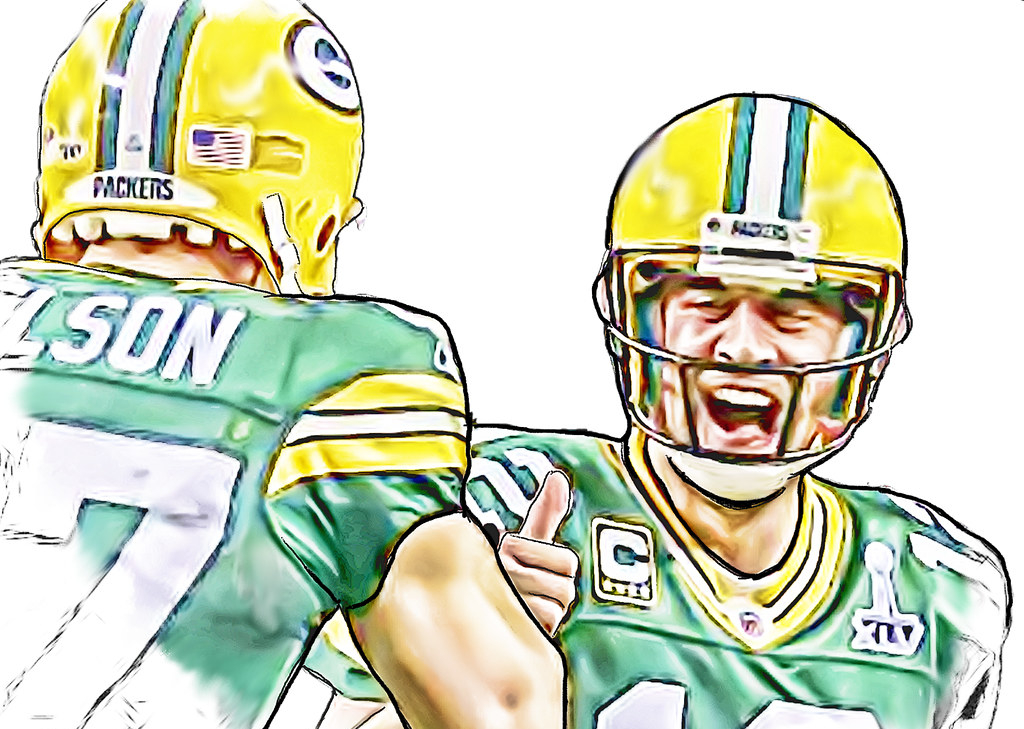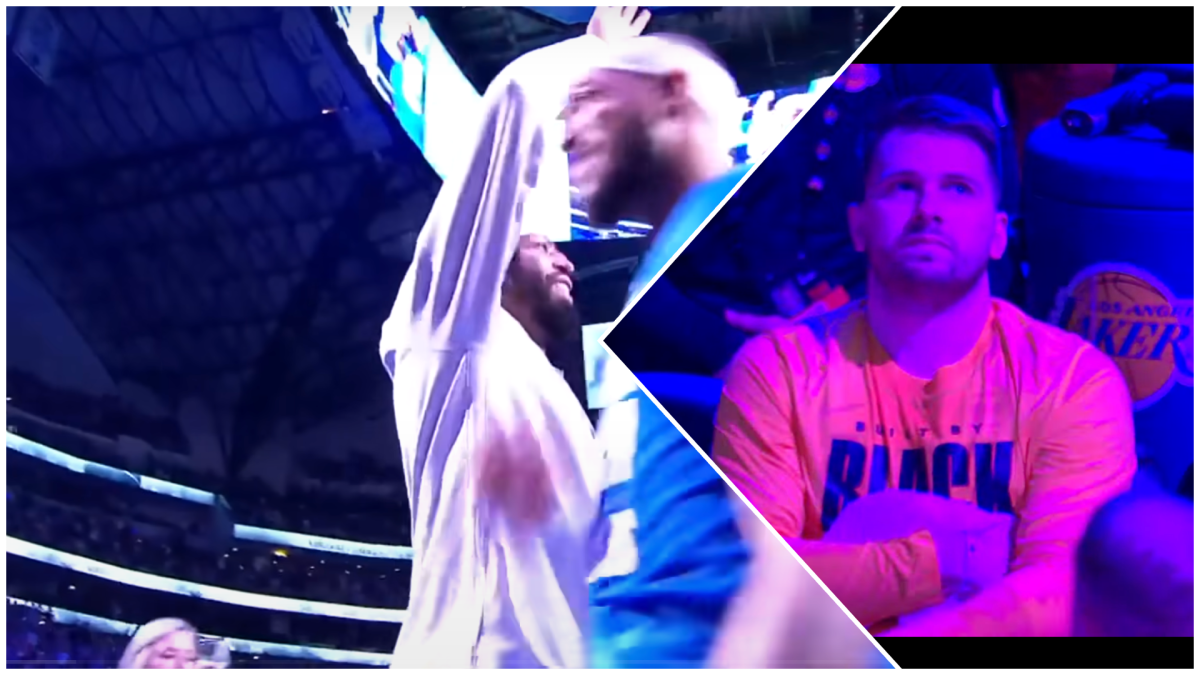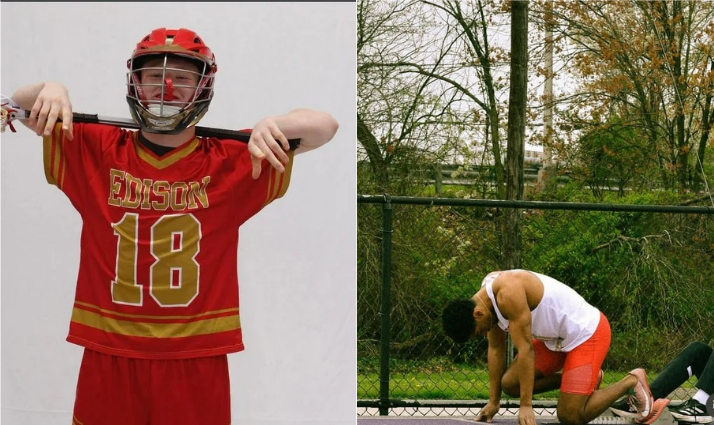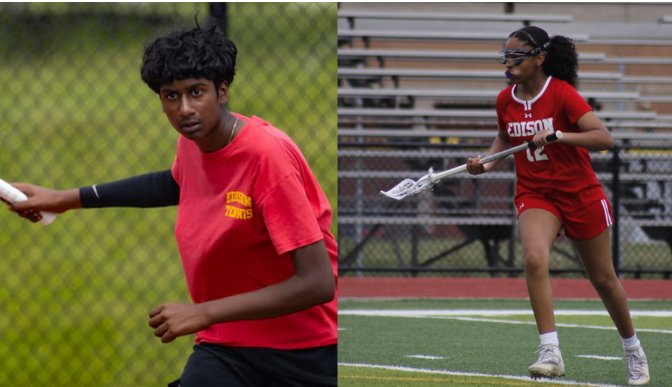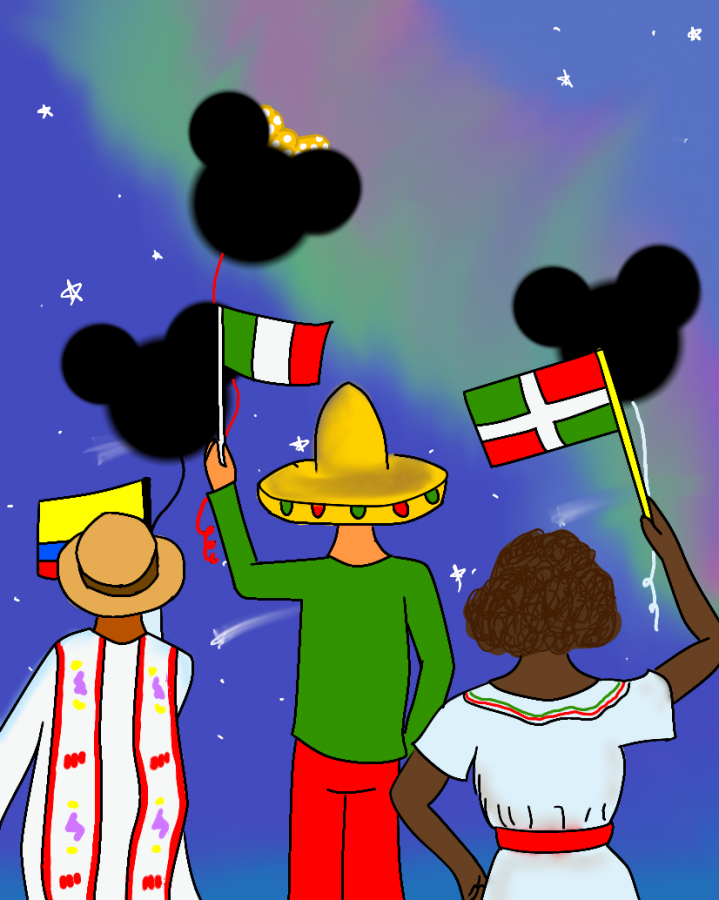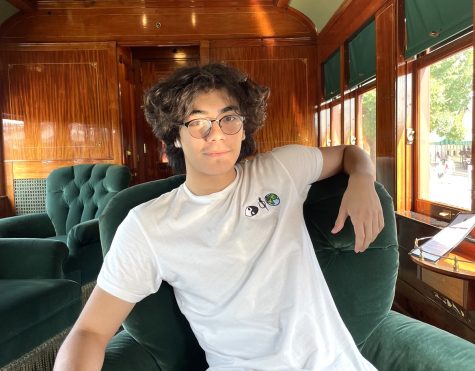“It’s a Small World” That Lacks Diversity
October 20, 2021
In honor of Hispanic Heritage month, it is important that a light is shone on the diversification—or lack thereof—in a mainstay in human entertainment here in America: Disney productions. Whether in Disney shows, Marvel movies, or casting choices, Disney has failed to meet the representation that Hispanic-Americans would like to see. In many cases, production seems to focus more on profitable stories rather than accurate representation. With this lack of Hispanic inclusion, Hispanic children don’t feel connected to any particular character or story.
The story of Disney’s “The Emperor’s New Groove” (2000) is a prime example of how Disney departs from fair and accurate representation. Originally created to be “Kingdom of the Sun”, the movie was to be about Incan Empire myths and tales, the fable that sets the scene for the movie that was actually produced. The Inca myth was about a poor llama herder who magically switched lives with a self-centered prince. Somewhere along the production line, this idea was abandoned and turned into a story about a spoiled prince who turns into a llama.
Although the moral of the story endures, the transformation into a llama almost serves to mock the Incan myth. Disney abandoned the tale, prioritizing viewership rather than cultural representation. In addition to the altered storyline, the casting of the so-called Incan-based movie was primarily White. In fact, there are no Hispanic voice actors in the entirety of the movie.
Adding on to the casting aspect, Marvel studios—which is tied with Disney—fails to include Hispanic characters into their movies. Currently, there are no Hispanic superheroes in the Marvel Cinematic Universe (MCU) movies. All of the six original Avengers are White. Of the main characters in all of the MCU movies, the ones of Hispanic descent are limited:
- Lupita Nyong’o (Nakia, first seen: “Black Panther”, 2018)
- Michael Peña (Luis, first seen: “Ant-Man”, 2015).
- Zoe Saldaña (Gamora, first seen: “Guardians of the Galaxy”, 2014)
- Benicio del Toro (The Collector, first seen: Thor: The Dark World”, 2014)
Twenty five films in the MCU and only four of the characters represent a group that takes up 18.5% of the U.S population, and 21.5% of the population at Edison High. Octavio Villarreal-Cesar ‘25, a Mexican-American student at EHS, expressed his frustration about Marvel’s lack of inclusion.
“Honestly yes [it is inaccurate],” Villarreal-Cesar said. “Yes because they are not adding culture. They seem to use stereotypes, and do not broaden characters.”
I thought that the only way I could be Hispanic was to take on the stereotypical portrayal that Disney shows Hispanic viewers.” – April Godoy ‘25
Disney’s children’s show “Elena of Avalor” may seem like a positive representation of Hispanics; however, Disney generalizes all cultures from Central to South America. Although it is an improvement for Disney productions, the show comes off as lazy for not looking into the distinct cultures of Central America, South America, and the Caribbean. More individualized characters would cause children to feel even more connected to a certain princess or protagonist.
To combat this issue, Villareal-Cesar said he would like to see “old singers like Selena. They [could] talk about her life and all that…[and] about other things like how Mexico came to be. Some people are mean to Hispanic people, so a movie about why we should care about them.”
Not only representation in characters is wanted, but musical inclusion also plays a role in the drive for diversity. In addition to a storytelling-style movie to show the public the hardships Hispanic people might face in the modern-day, the stigma around Hispanic people in the modern-day could be dispelled if Disney put in the effort to bring awareness.
Certainly, this greater awareness does not stop at one of Disney’s mainstays in both character development and profitability: Disney princesses. Unfortunately, however, there are none that represent the Hispanic population well. “Elena of Avalor” only came out in 2016, so it didn’t have much impact on our generation in EHS today. The damage, in other words, was already done; the conformative mindsets were already implemented, the show was too little too late.
April Godoy ‘25, a student of Peruvian descent, noted that she has always wanted a princess during her childhood to represent someone like her.
“Growing up and seeing a lack of diversity in princesses made me believe that I had to change myself in order to look the way that they did,” Godoy said, “because I thought that being Hispanic and being a princess couldn’t go together cause I’ve never seen it before.”
During their childhood, many people at EHS have felt out of place or not special because of this lack of diversity.
“For a while I resented my Hispanic roots because I thought it would be better if I thought and acted like the girls in Disney movies and Disney shows,” said Godoy. “I thought that the only way I could be Hispanic was to take on the stereotypical portrayal that Disney shows Hispanic viewers.”
Not only did children take on this mindset of resenting their roots, but they could even go as far as changing their physical appearance and actions to fit the portrayal put out by Disney productions. Children perceive the world to the extent of what is put in front of them, such as on the screen. Since Disney is one of the biggest monopolies in the entertainment business, it’s hard to avoid watching such limited content. Disney has a tight hold on the formation of children’s’ mindsets, so it’s time they use their popularity to shine light on the importance of Hispanic diversity.
“They seem to use stereotypes, and do not broaden characters.” – Octavio Villarreal-Cesar ‘25
Not only does this lack of inclusion affect children’s perceptions of their background, but can also change how people—adults and children alike—see Hispanics as a whole.
Señora Soranlly Collado, a Dominican-Republic born Spanish teacher at EHS, thinks the issue goes further than just children’s mindsets.
“We’re not being open-minded about the real world for the lack of representation and characters as we are not fully accepted as part of the United States. Sometimes we are not seen beyond being immigrants that come to the US seeking a better life,” Collado stated.
As Disney is a United States television network, it is important to broaden their range of diversity, especially since the United States itself is a diverse country. After coming from a different country, seeing people similar to you in shows makes you feel more included and welcomed into society as you get your social bearings in uncharted territory. A lot of times in Disney productions, stereotypical or extremist characters are used, such as Jorge in “Bunk’d” being deemed as lazy and Spanish Buzz Lightyear in “Toy Story 3″ coming off as flamboyant and promiscuous. These attributes can change the way viewers think about Hispanics off-screen.
“Socioeconomic status is due to how people see Hispanics and the working class,” Collado said. “They don’t see us as part of the United States. Producers don’t see the real world or open their eyes to the real world.”
A “Disney bubble” is formed around the viewers, where the world and culture is limited. However, in actuality, Disney needs to broaden their casts, storylines, characters, soundtracks, and accuracy to fully reach the vast and complex majority of the population that isn’t White. More acting roles, voice actors, and musical artists would boost the socioeconomic status of Hispanics in the United States by improving income, society’s perceptions, and the number of jobs outside of the working class given to Hispanics.
Despite the slip-ups that Disney has made, “Coco” (2017) was a step in the right direction. It took many years for Disney to come this far, but Coco was a well-represented Mexican-based movie. From the Hispanic cast to the Spanish soundtrack to the animation to the celebration of Día de los Muertos, the film was not only accurate and well-produced. Disney Pixar seemed to meet the expectations of what Latinos have been waiting for—even if they did try to copyright the holiday.
The next step is to continue this inclusion and implement it into other areas of the Disney entertainment industry. This issue stretches deeper than just wanting a Latina princess. Representation is due in all areas of Disney production. Lack thereof is what causes resentment, stereotypes, close mindedness, and much more.
There’s a saying in Spanish: “Más se consigue lamiendo que mordiendo,” or in English, “more is achieved licking than biting.” For this situation, patience is necessary. Since “Elena of Avalor,” movies like “Coco” and Disney’s upcoming movie “Encanto” have dedicated more time to production, cultivating more diversity and tying meaning with those movies. Being patient and communicative could bring a long-awaited change, a big step forward, for Hispanic representation in Disney.

